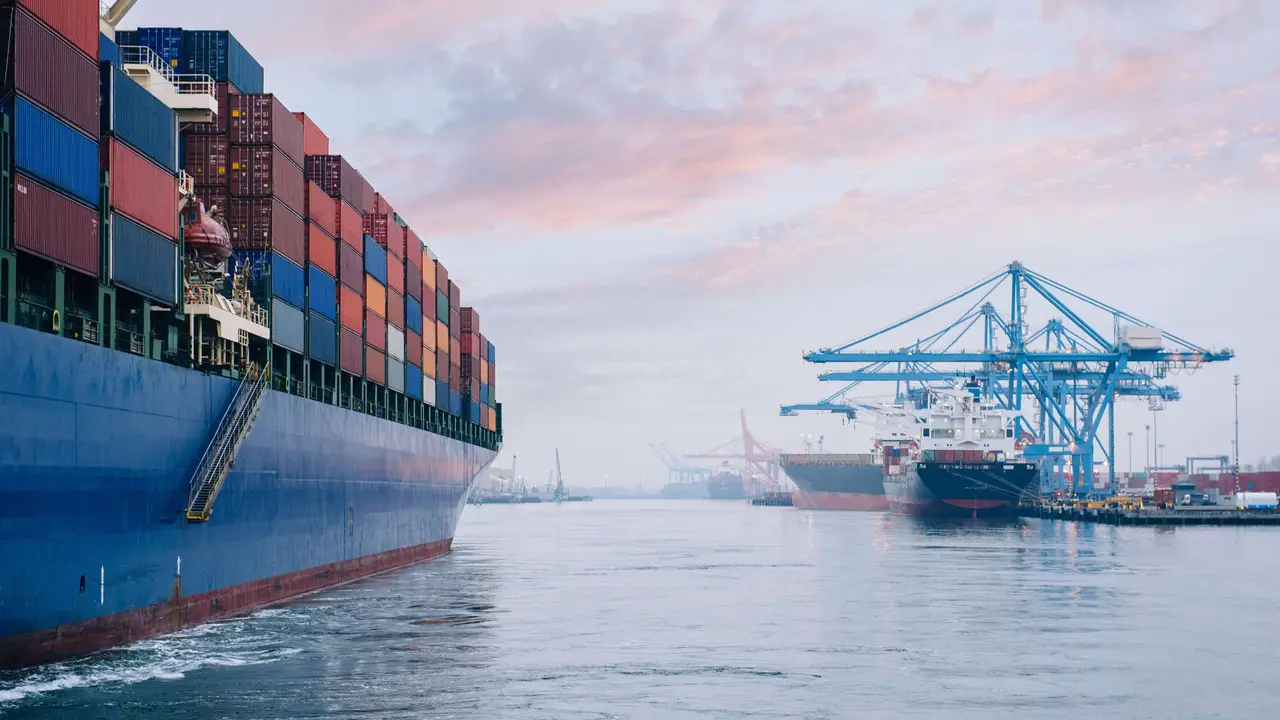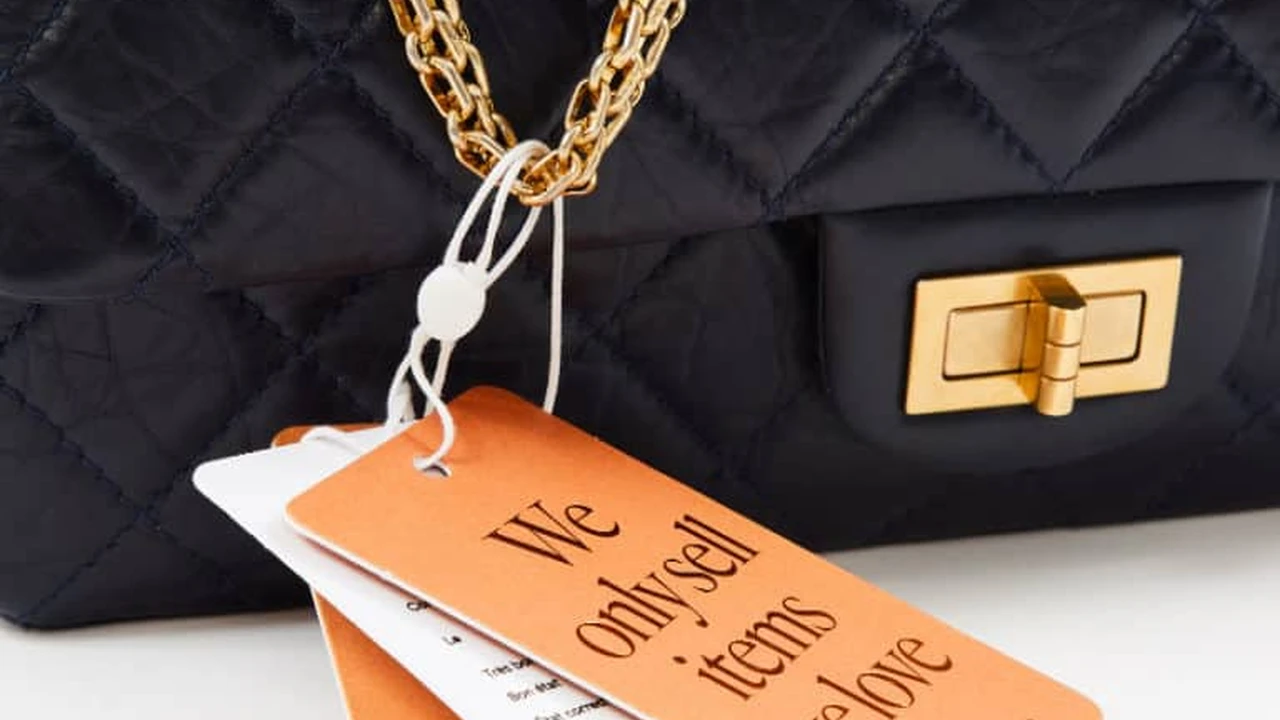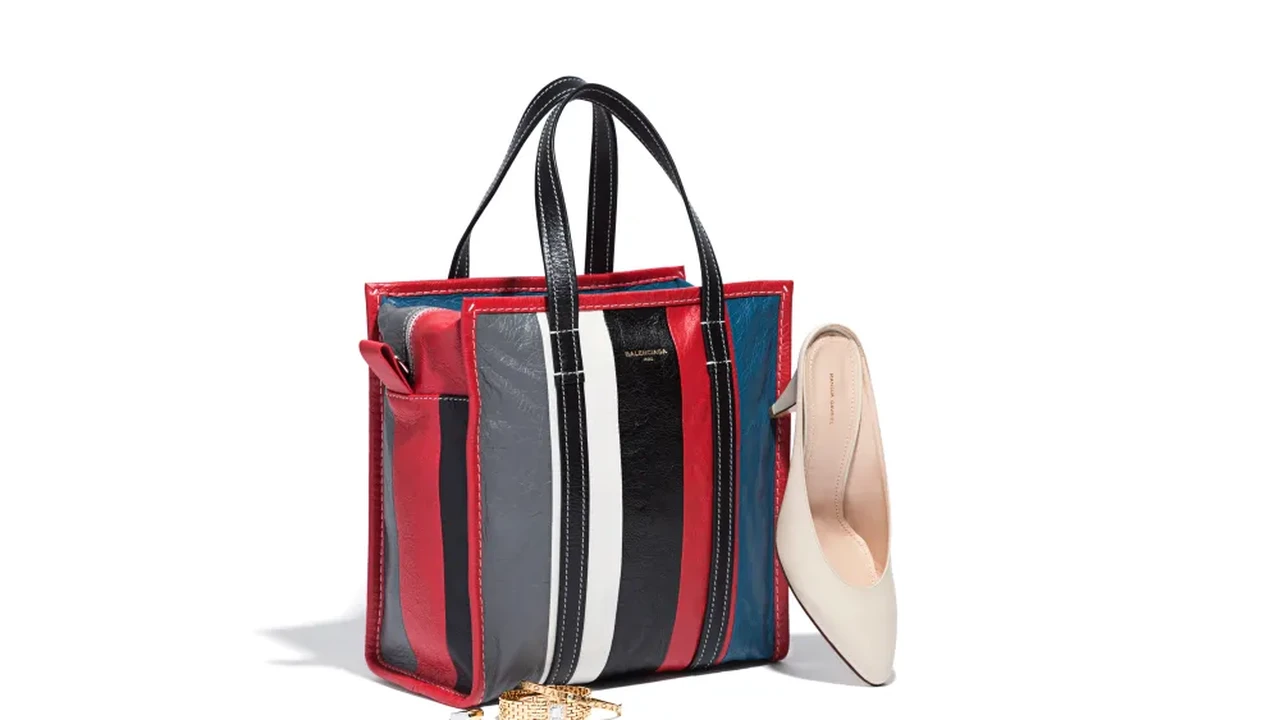Luxury Handbag Resale: Cross-Border Shipping Tips for Southeast Asia
Luxury Handbag Resale Cross-Border Shipping Tips for Southeast Asia

Understanding the Landscape of Luxury Handbag Shipping to Southeast Asia
Shipping luxury handbags across borders to Southeast Asia? It's not as simple as dropping it in a box and hoping for the best. Southeast Asia is a diverse region with varying customs regulations, import duties, and shipping infrastructure. Knowing these nuances is crucial for a smooth and cost-effective transaction. We'll walk you through the essentials.
Choosing the Right Shipping Carrier for Your Luxury Bag
Selecting the right carrier is paramount. Think about your budget, timeline, and the level of security you need. Here are a few options:
- DHL: A reliable option known for its speed and global reach. They handle customs clearance efficiently, which is a big plus. Expect higher costs, though.
- FedEx: Similar to DHL, FedEx offers fast and secure shipping with excellent tracking capabilities. They are also well-versed in international regulations.
- UPS: Another solid choice with a strong international presence. UPS offers various service levels to fit different budgets and timelines.
- Local Couriers (e.g., Ninja Van, J&T Express): If you're shipping within Southeast Asia, local couriers can be more affordable. However, their tracking and customer service might not be as robust as the international giants.
Consider the value of your handbag when choosing a carrier. For high-value items, opt for carriers with insurance options and signature confirmation.
Packaging Your Luxury Handbag for International Transit
Proper packaging is non-negotiable! Your luxury handbag needs protection from bumps, scratches, and moisture. Here's a checklist:
- Dust Bag: Always place the handbag in its original dust bag or a similar protective bag.
- Bubble Wrap: Wrap the handbag generously with bubble wrap, paying extra attention to delicate hardware and corners.
- Sturdy Box: Use a sturdy, corrugated cardboard box that's slightly larger than the handbag. Avoid boxes that are too big, as the handbag will shift during transit.
- Packing Peanuts or Air Pillows: Fill any empty space in the box with packing peanuts or air pillows to prevent movement.
- Waterproof Packaging: Consider using a waterproof bag or lining the box with plastic to protect against moisture.
- Fragile Stickers: Clearly label the box as \"Fragile\" and \"Handle with Care.\"
Navigating Customs Regulations and Import Duties in Southeast Asia
This is where things get tricky. Each Southeast Asian country has its own customs regulations and import duties. Here’s a brief overview:
- Singapore: Relatively straightforward customs procedures. Goods and Services Tax (GST) is applicable on imported goods.
- Malaysia: Import duties and sales tax apply. The rates vary depending on the type of goods.
- Thailand: Import duties and Value Added Tax (VAT) apply. Be prepared for potential inspections.
- Indonesia: Complex customs regulations. Import duties, VAT, and luxury goods tax may apply.
- Philippines: Import duties and VAT apply. Strict regulations on counterfeit goods.
- Vietnam: Import duties and VAT apply. Documentation requirements can be extensive.
Pro Tip: Declare the correct value of the handbag on the customs form. Underdeclaring the value can lead to penalties and delays.
Essential Documentation for International Handbag Shipping
Having the right documentation is essential for clearing customs. Here's a list of documents you'll likely need:
- Commercial Invoice: This document lists the details of the transaction, including the seller's and buyer's information, the description of the handbag, the value, and the currency.
- Packing List: This document details the contents of the package, including the quantity and weight of each item.
- Air Waybill: This is the shipping label provided by the carrier.
- Customs Declaration Form: This form is required by customs authorities to declare the goods being imported.
- Certificate of Authenticity (if available): This document can help prove the authenticity of the handbag and may be required by customs authorities.
- Proof of Purchase (if available): This document can help verify the value of the handbag.
Important Note: Check with the carrier and the customs authorities in the destination country to confirm the specific documentation requirements.
Insurance Options for Luxury Handbag Shipments
Given the value of luxury handbags, insurance is a must. Most carriers offer insurance options that cover loss, damage, or theft during transit. Consider the following:
- Carrier Insurance: This is the most common type of insurance. The coverage amount is usually based on the declared value of the handbag.
- Third-Party Insurance: You can also purchase insurance from a third-party provider. This may offer more comprehensive coverage or lower premiums.
Tip: Read the insurance policy carefully to understand the coverage limits and exclusions. Take photos of the handbag before packaging it as proof of its condition.
Tracking Your Luxury Handbag Shipment
Most carriers provide tracking numbers that allow you to monitor the progress of your shipment online. Regularly check the tracking information to stay updated on the location of your handbag. If you notice any delays or issues, contact the carrier immediately.
Recommended Luxury Handbags for Resale in Southeast Asia and Their Pricing
Here are a few popular luxury handbag brands and models that tend to do well in the Southeast Asian resale market, along with estimated resale prices:
- Chanel Classic Flap Bag: Always a classic. A medium Classic Flap in good condition can fetch between $5,000 and $8,000 USD depending on the leather, hardware, and year. Its timeless design makes it a highly sought-after piece.
- Louis Vuitton Neverfull: Practical and stylish, the Neverfull is a popular choice. Resale prices range from $1,200 to $2,000 USD. The Neverfull's versatility makes it perfect for everyday use.
- Hermès Birkin: The holy grail of handbags. Depending on the leather, size, and hardware, a Birkin can sell for $15,000 USD to upwards of $100,000 USD. It is often seen as a status symbol.
- Gucci Dionysus: A more contemporary style that's gaining popularity. Resale prices range from $1,000 to $2,000 USD. Its bold design appeals to younger clientele.
- Dior Saddle Bag: Another trendy option that's experiencing a resurgence. Resale prices range from $1,500 to $3,000 USD. The Saddle Bag's unique shape makes it a statement piece.
Resale Scenarios:
- The Chanel Classic Flap is often used for formal events or elegant outings. Its iconic design makes it a versatile accessory.
- The Louis Vuitton Neverfull is perfect for everyday use, from shopping trips to work commutes. Its spacious interior can hold all your essentials.
- The Hermès Birkin is often reserved for special occasions or high-profile events. Owning a Birkin is seen as a symbol of wealth and status.
- The Gucci Dionysus is a great choice for fashion-forward individuals who want to make a statement. Its bold design is sure to turn heads.
- The Dior Saddle Bag is perfect for those who want to add a touch of vintage flair to their outfit. Its unique shape is both stylish and functional.
Comparing Handbag Options for Southeast Asian Consumers
When choosing which handbag to resell, consider factors like brand recognition, style, and functionality. The Chanel Classic Flap and Hermès Birkin are highly coveted due to their brand prestige, while the Louis Vuitton Neverfull is popular for its practicality. The Gucci Dionysus and Dior Saddle Bag appeal to fashion-conscious consumers who are looking for trendy options.
Price Comparison:
- Chanel Classic Flap: High price point, appeals to luxury buyers.
- Louis Vuitton Neverfull: Mid-range price point, appeals to a wider audience.
- Hermès Birkin: Extremely high price point, appeals to ultra-luxury buyers.
- Gucci Dionysus: Mid-range price point, appeals to younger, fashion-forward buyers.
- Dior Saddle Bag: Mid-range price point, appeals to vintage-inspired buyers.
Potential Challenges and How to Overcome Them
Even with careful planning, you might encounter challenges. Here are a few common issues and how to address them:
- Delays: Customs delays are common. Be patient and keep in contact with the carrier. Provide any additional information requested by customs authorities promptly.
- Damage: If the handbag arrives damaged, file a claim with the carrier immediately. Provide photos of the damage and all relevant documentation.
- Loss: In the rare event that the handbag is lost, file a claim with the carrier and provide all relevant documentation.
- Counterfeit Goods: Southeast Asian customs are vigilant against counterfeit goods. Ensure you can prove the authenticity of the handbag if questioned.
Staying Updated on Shipping Regulations
Shipping regulations are constantly evolving. Stay informed by regularly checking the websites of the carriers and the customs authorities in the destination countries. Subscribe to industry newsletters and follow relevant forums to stay updated on the latest changes.
Final Thoughts for Smooth Cross-Border Shipping of Luxury Handbags
Shipping luxury handbags across borders to Southeast Asia requires careful planning and attention to detail. By choosing the right carrier, packaging your handbag properly, navigating customs regulations effectively, and staying informed about shipping regulations, you can ensure a smooth and successful transaction. Happy selling!
:max_bytes(150000):strip_icc()/277019-baked-pork-chops-with-cream-of-mushroom-soup-DDMFS-beauty-4x3-BG-7505-5762b731cf30447d9cbbbbbf387beafa.jpg)






